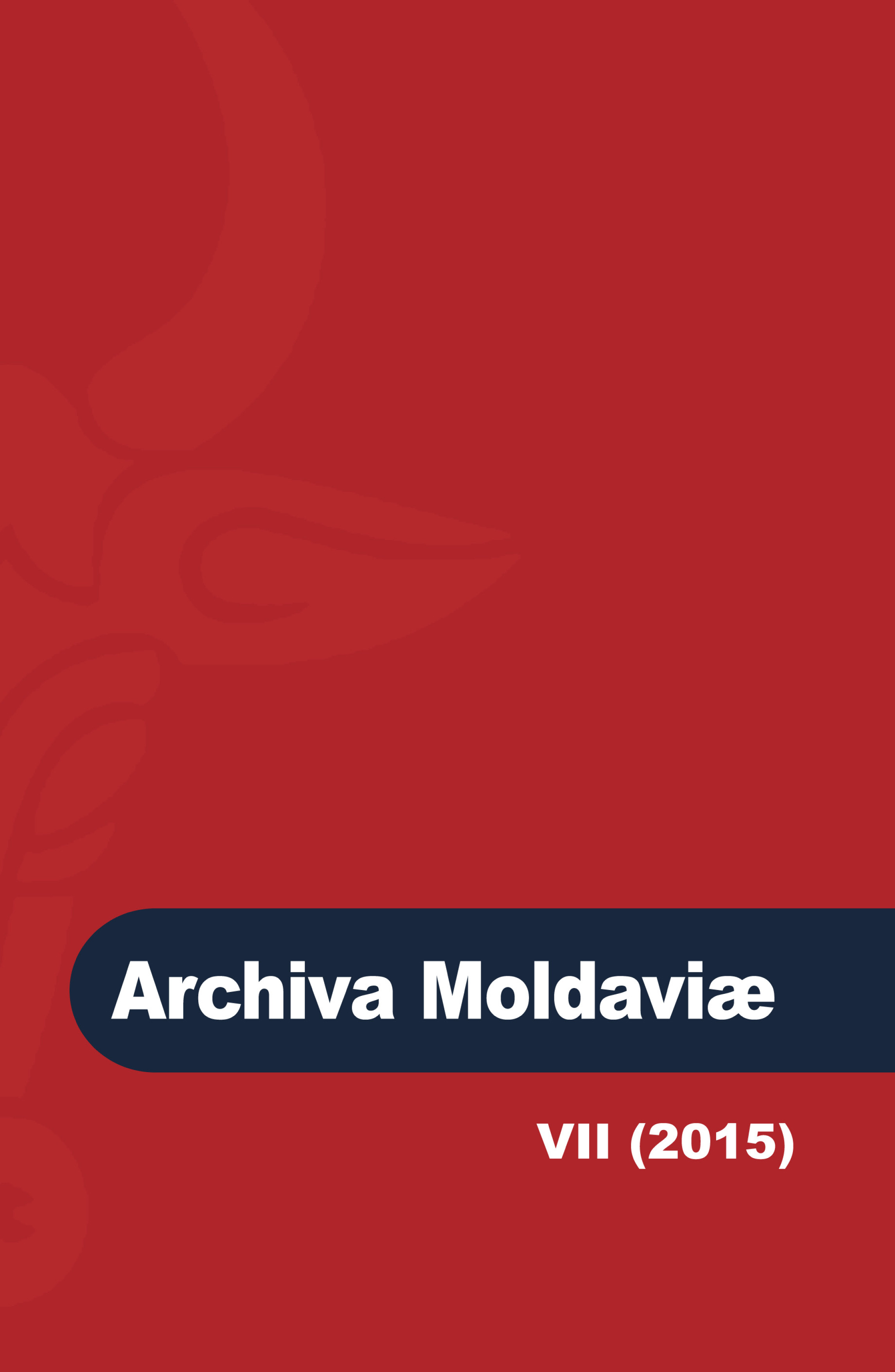Frontierele spirituale și avatarurile Marii Uniri. Publicul studențesc basarabean în universitățile românești
Spiritual Barriers and the Avatars of the Great Union. Bessarabian Students in Romanian Universities
Author(s): Lucian Nastasă-KovácsSubject(s): Interwar Period (1920 - 1939)
Published by: Societatea de Studii Istorice din România
Keywords: Bessarabian Students; Interwar Romania; Universities from Iași; Bucharest; Cluj; Cernăuți; Faculties in Chișinău.
Summary/Abstract: After the Great Union, Bessarabia was the only province left with no public university, hence the flow of Bessarabian students that chose Romanian universities. Bessarabia had serious flaws with respect to the cultural level of the population. After the war, the Jews of the province were the ones that benefited the most from Romanian tertiary education. In this sense, the University from the Moldavian capital had the highest number of requests; consequently, Iasi hosted most Bessarabian students, out of which the majority were Jews. This caused problems, particularly at the beginning of the inter-war period. Romanian students, the so-called “generation in the trenches” had major expectations from the Romanian state. In the universities of Great Romania, the state tried to create facilities to integrate Bessarabian students. This policy led to much frustration among the majority of students against the background of communist propaganda. Consequently, the integration of Bessarabian students into Romanian universities was a problematic one. The foundation of the Faculty of Theology in Chișinău in 1926 and the move out of the Faculty of Agronomic Sciences in 1934 rather shows the marginal role of Bessarabia and the intention of the Romanian state to postpone the rural character of the province. Thus, it comes as no surprise that, at the end of the inter-war period, the quality of Bessarabian students continued to be low, according to the professors of Iași.
Journal: Archiva Moldaviae
- Issue Year: VII/2015
- Issue No: 7
- Page Range: 29-56
- Page Count: 28
- Language: Romanian

